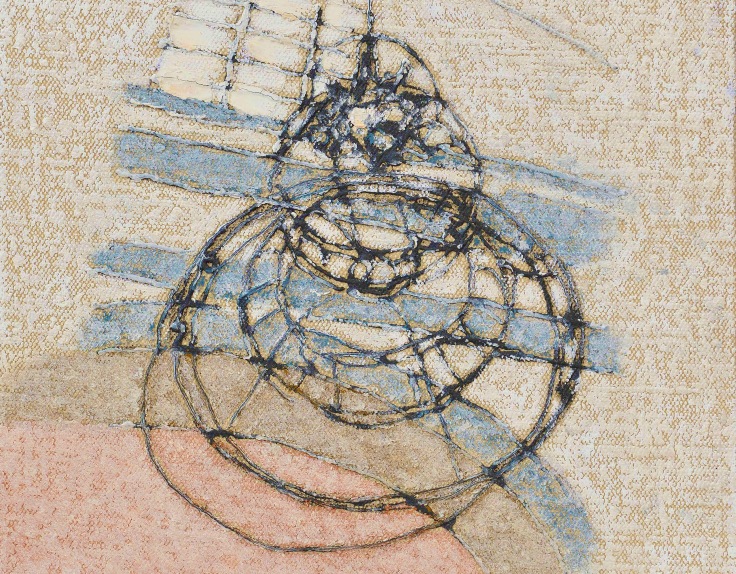By Trine Bille, Anna Mignosa and Ruth Towse
Is busking a source of income? What is the role of copyright for creators and performers? Can philanthropy and crowdfunding substitute the reduction of public support to the cultural sector? How have production and consumption of cultural products changed because of digitization? What are the contributions of big data and artificial intelligence? Has the notion of intangible heritage modified our way of looking at heritage? Will we just visit museums and watch movies at home? The cultural sector keeps on changing and ‘Teaching cultural economics’ intends to be a tool to tackle questions resulting from the evolution of the sector.
Digitization has changed the cultural sector in many ways, and these changes have stimulated a faster development of cultural economics to tackle new issues. There are new products, new ways of consuming, new business models, new ways of funding (for example public-private partnerships), calling for new ways of doing cultural policy. The fast changes characterizing the cultural sector call for new research to understand the art market, to provide guidance about the artists’ labour markets, to asses and assist the changes in cultural policies, to appreciate the needs of audiences and means to attract them, to realize the impact of technology and its potential use and to make sense of cultural and creative industries.
Furthermore, during the last decade, public support for arts and culture has been under pressure, the funds available for the sector have been reduced, and the cultural institutions are to an increasing degree expected to earn their own revenue and adapt to the market. This has led the cultural sector to embrace the issues raised by cultural economics.
At the same time, the administration and management in the cultural sector is undergoing a change, where competences in management and economics are demanded for top managers of cultural institutions. Some years ago, it was enough to have experience and competences in the fields of arts and culture, but today many cultural institutions feel a need to professionalize their skills and knowledge in management and economics.
These developments make us believe that the market for teaching cultural economics is growing, and we hope that this book can be of inspiration to teachers – both from economics and form other fields – who want to offer courses in cultural economics, making this book timely.
Cultural economics has grown over the last 50 or so years tackling a wide array of creative and performing arts, cultural heritage, and the cultural industries. Teaching Cultural Economics is the first book of its kind as it is specifically addressed to institutions who are offering or wishing to offer courses in cultural economics. The book is for teachers who want to offer cultural economics as part of their study programs, within economic departments, business schools or other fields like cultural studies and the humanities.
The first five chapters are introductory essays presenting views and experiences of teaching and researching cultural economics by the editors and other leading contributors. The book is divided into six parts:
- Economics of public support for arts and cultural institutions
- Financing cultural production
- Artists’ labour markets
- Consumer behaviour in the cultural sector
- Digitization and copyright
- Topics in economics of cultural and creative industries
Thirty-two chapters are written by experts. Most of them are active teachers in cultural economics themselves, and their chapters offer tested teaching material. The chapters include numerous cases related to the different topics, provide a focused literature review or a more empirical bent. They are arranged in complexity from the simple to the sophisticated. Some of the chapters are suitable for undergraduates with little prior knowledge, while others require a basic knowledge of microeconomics and welfare economics. Suggestions for further reading, classroom exercises, and test or examination questions are also included.
The book aims to sparkle the conversation and the analysis of the cultural sector in the classroom, which is the same place where contributors of this book gained inspiration and experience for their chapters.

About the authors:
Trine Bille is Professor, PhD, at Copenhagen Business School, Department of Management, Politics and Philosophy.
Anna Mignosa is Assistant Professor of Cultural Economics at the University of Catania and Lecturer at Erasmus University Rotterdam.
Ruth Towse is Professor of Economics of Creative Industries at Bournemouth University. She is Fellow in Cultural Economics at CREATe at the University of Glasgow.
About the book:
Trine Bille, Anna Mignosa, and Ruth Towse (2020) Teaching Cultural Economics. Edward Elgar.
About the image:
Piero Zuccaro (2019) ‘Interno incerto e oscillante’ (detail)

Leave a Reply